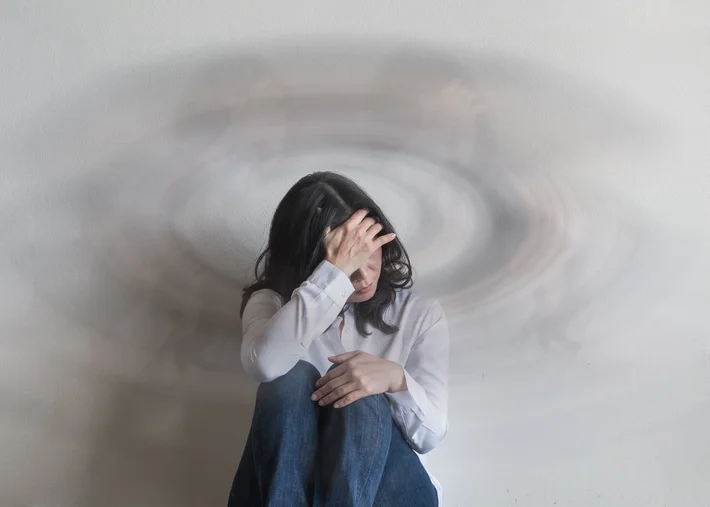![Separator]()
What causes balance disorders?
It can be difficult to identify the exact cause of any given balance disorder, as they can be caused by a diverse array of conditions. Generally, the underlying cause is related to the most pervasive sign or symptom of the disorder. Patients with persistent vertigo, for example, often have a problem in the inner ear or brain; an inner ear virus or a concussion can both produce this symptom.
Patients who experience frequent bouts of faintness or lightheadedness, on the other hand, tend more often to have underlying conditions which affect blood pressure, like hypotension or cardiovascular disease. Loss of balance can be attributed to joint, muscle, or vision problems, or to certain medications or underlying conditions.
The most common causes of balance disorders include:
- Medications
- Neurological conditions
- Injury or infection in the inner ear
- Low blood pressure
- Cardiovascular disease
- Joint or muscle problems
Source:
MayoClinic



















